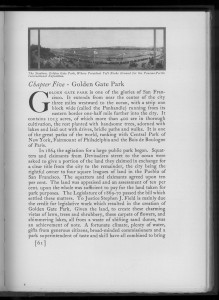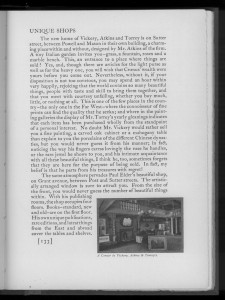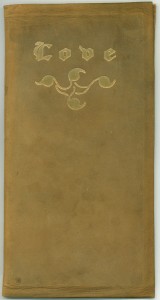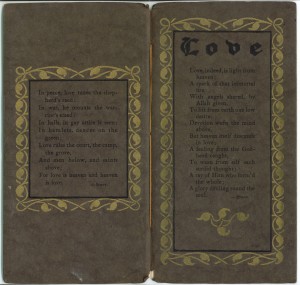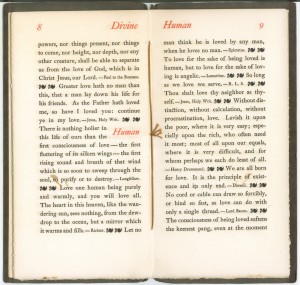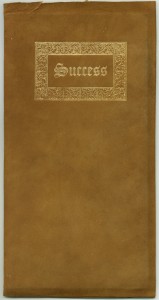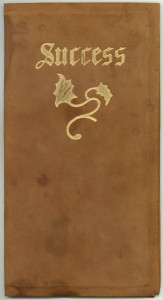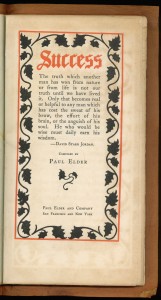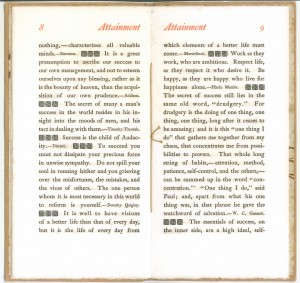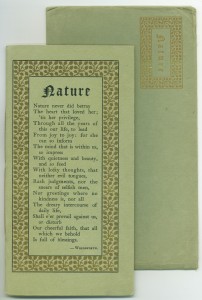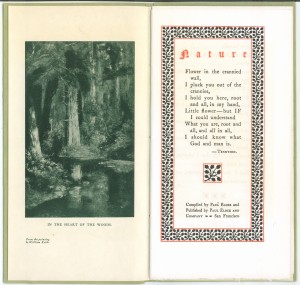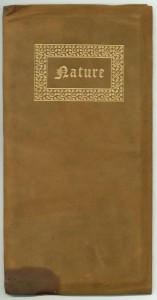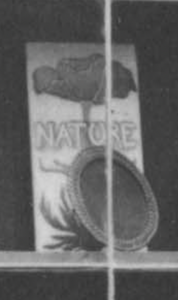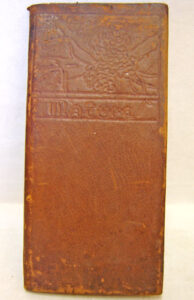
After Paul Elder opened his bookshop in 1898, it is perhaps surprising that he waited fourteen years to publish a book about San Francisco. Maybe it just took him that long to find the right author. Helen Throop Purdy’s comprehensive guide to the City, San Francisco — As It Was, As It Is, And How To See It, was published in September 1912 and remains a useful reference to post-earthquake San Francisco.
The book is profusely illustrated: almost every page has a photograph. Also included are maps, an index, and the layout of the Panama-Pacific International Exposition, still three years in the future.
Not surprisingly, Purdy takes time to describe her publisher’s shop in glowing terms: “The same atmosphere [that of Vickers, Atkinson & Torrey] pervades Paul Elder’s beautiful shop on Grant Avenue, between Post & Sutter streets. The artistically arranged window is sure to attract you. From the size of the front, you would never guess the number of beautiful things within.”
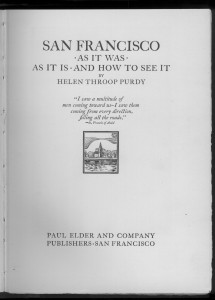
Helen Price Throop (2 May 1856–19 January 1945) was born in Palmyra, New York, a descendant of American colonists. She graduated from Elmira College in 1876, and married William Edgar Purdy in 1879. In 1901, they and their three children came to San Francisco, and after the 1906 earthquake they purchased a home 2737 Alcatraz St. in Berkeley, where Helen lived for the rest of her life. She was a member of the California Writers Club, the Stevenson Club and the Historical Society of America. She also belonged to the Mayflower Society, the Founders and Patriots, the Colonial Dames of America and the Daughters of the American Revolution.
After William Purdy’s death in 1927, she married Ransom Pratt; he died in 1932. Helen, William and Ransom are all buried in their family plots in the Palmyra Cemetery in New York.
